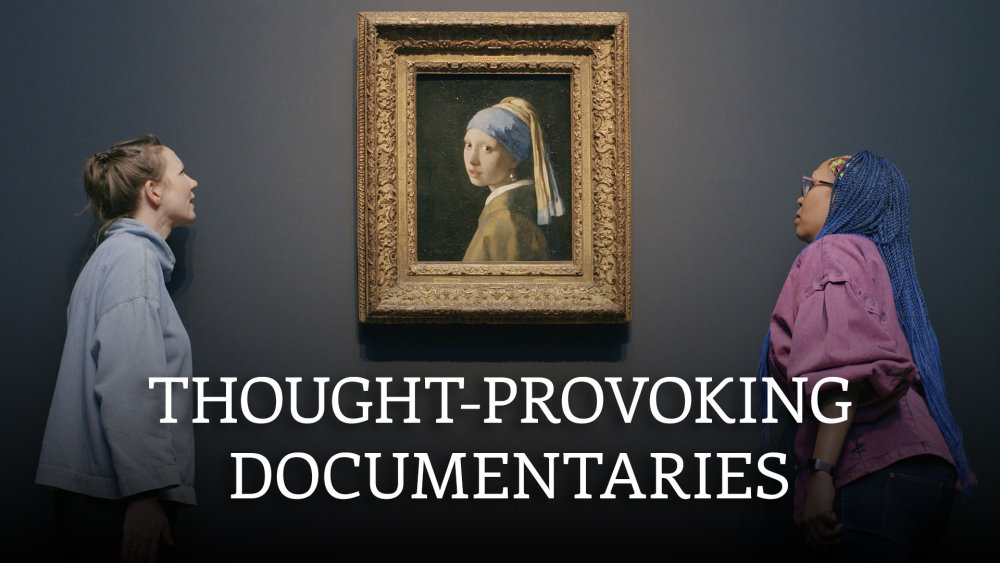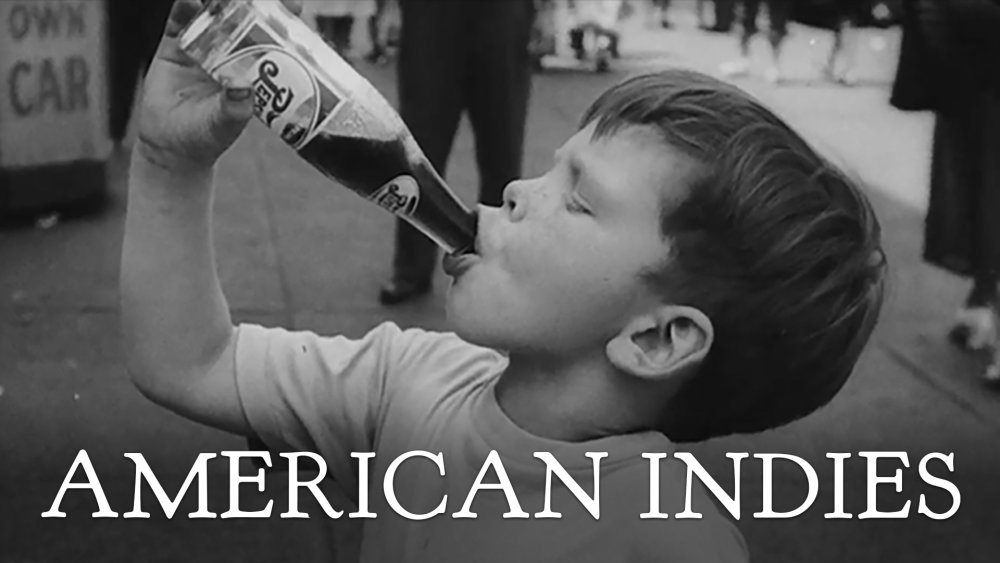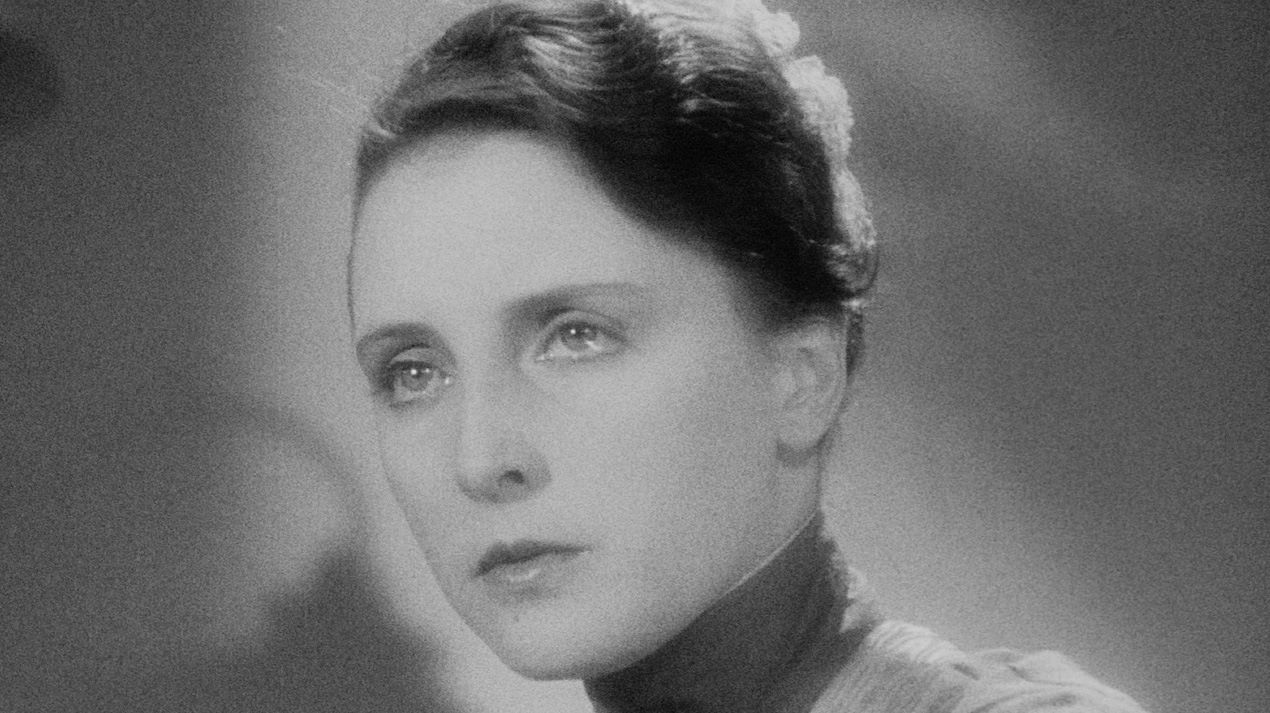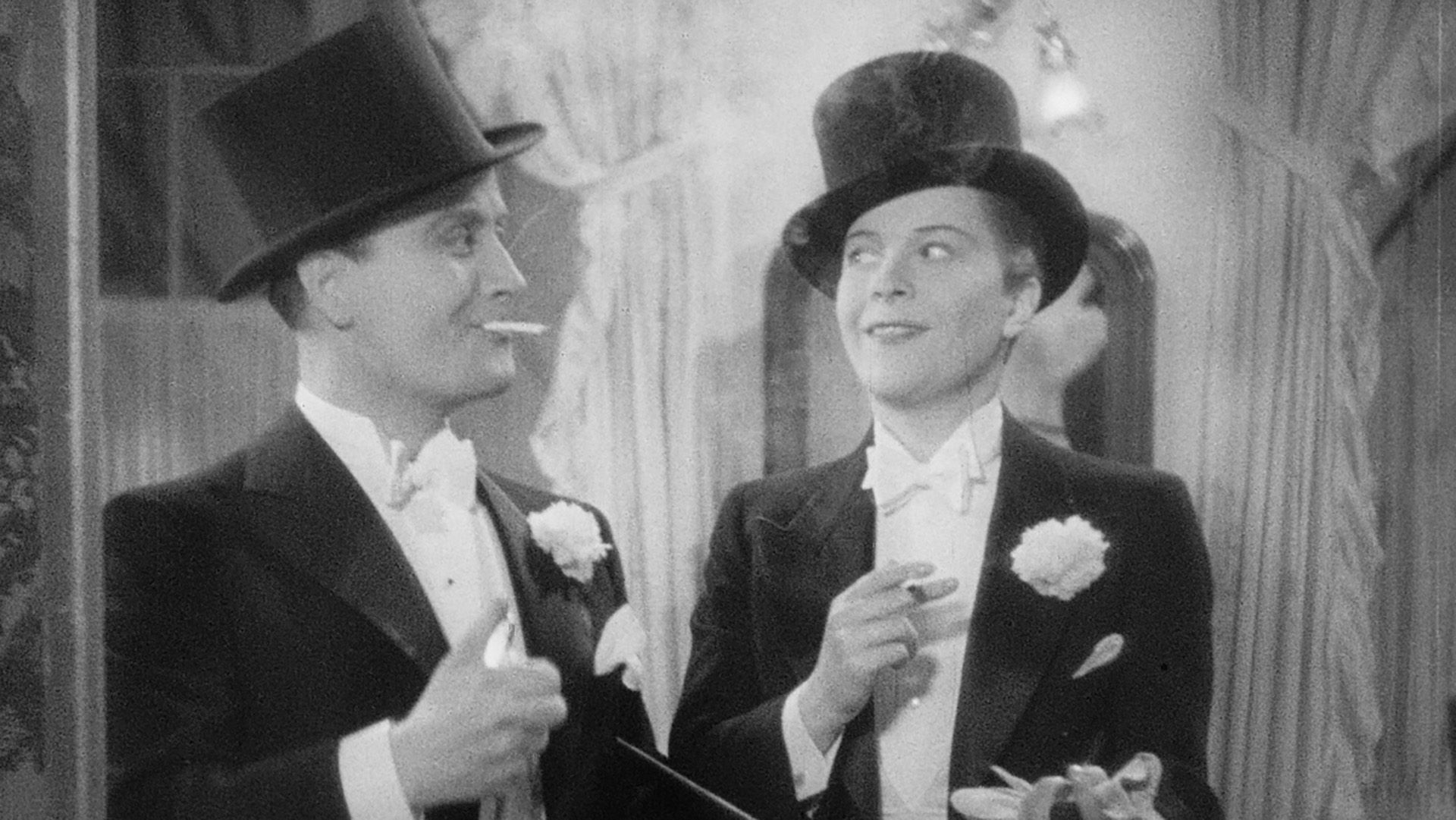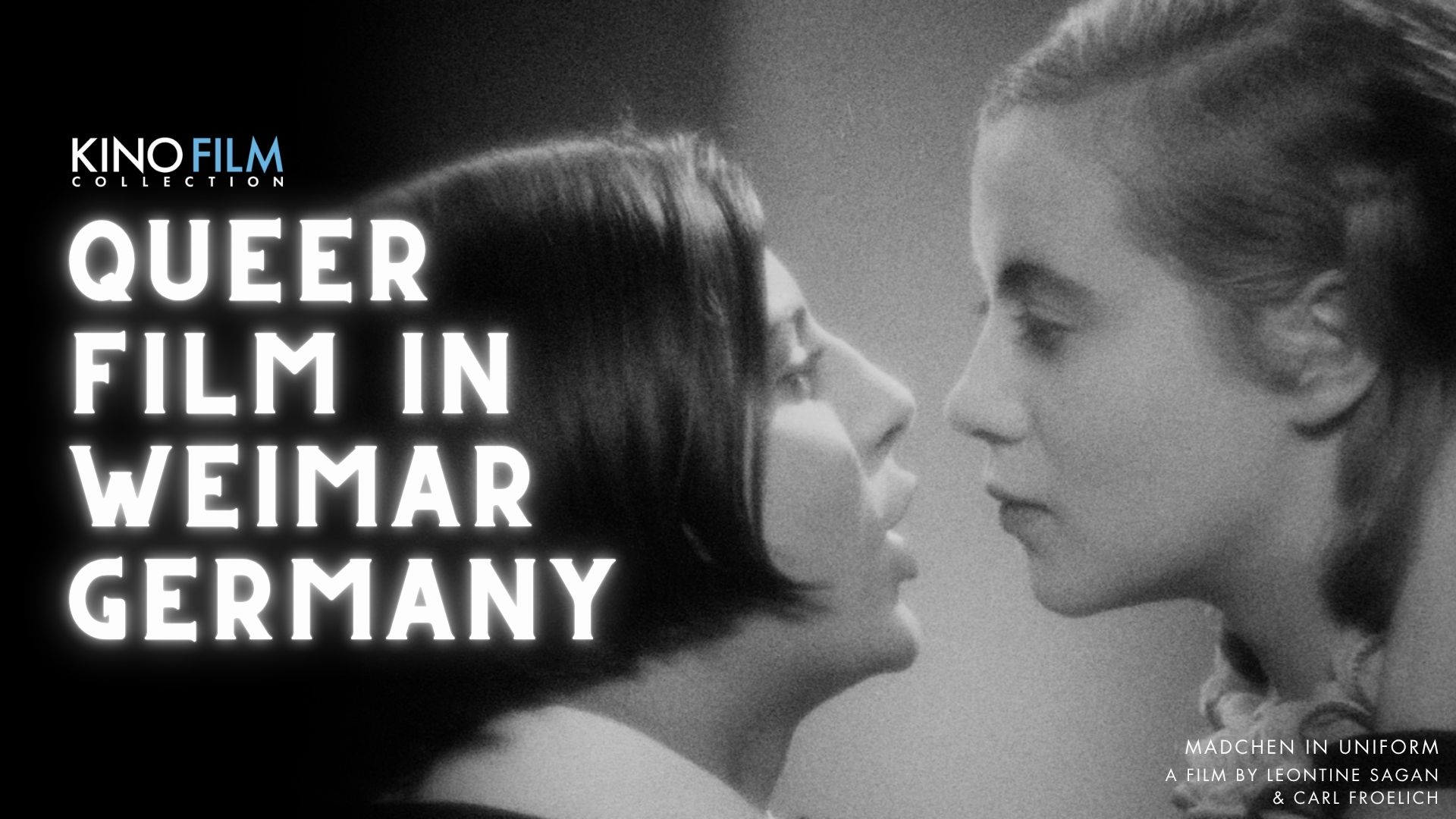
100 Years Ago, Queer Cinema Thrived in Weimar Germany

When it comes to the history of queer cinema, a noteworthy stop along the path is the surprisingly progressive Weimar Republic. Officially known as the German Reich, the era of the Weimar Republic stretched from the end of WWI to 1933 and encompassed a cultural renaissance in Germany. Even those not familiar with film history or queer cinema can appreciate the glimpses of a genre’s origin story. Kino Film Collection is proud to be home to two standout films of the Weimar Republic that broke new ground for LGBTQ+ representation in cinema. Come for the history lesson, stay for the rich storytelling.
Mädchen in Uniform
If you watch enough older films with lesbian storylines you get used to meager scraps of implied attraction and tragic endings, or at least unsatisfactory ones. Mädchen in Uniform (1931) however is entirely surprising - the queerness is not subtle. Set at a strict and austere all-girls boarding school before WWI, Miss von Bernburg is a teacher who has turned the heads of an entire gaggle of schoolgirls. The young boarders have a giddy excitement in telling new student Manuela about how much they all swoon for Miss von Bernburg. Naturally Manuela also falls in love with the beautiful and kind teacher. Experiencing her first love, lonely Manuela also discovers the complexities that come with an illicit romance.
Victor and Victoria
The iconic musical made famous by Julie Andrews had many predecessors, but the first Victor and Victoria was made all the way back in 1933. The story follows a young woman who, unable to find work as a music hall singer, partners with a down-and-out thespian to revamp her act. Pretending to be a man performing in drag, Victoria becomes the toast of the international stage. But she soon finds that her playful bending of genders enmeshes her personal and professional life in a tangle of unexpected complications. The 1933 original shares the flamboyance and slapstick mistaken gender identity antics of the better-known Julie Andrews classic, plus eagle-eyed aficionados will spot some matching outfits between the two versions.




